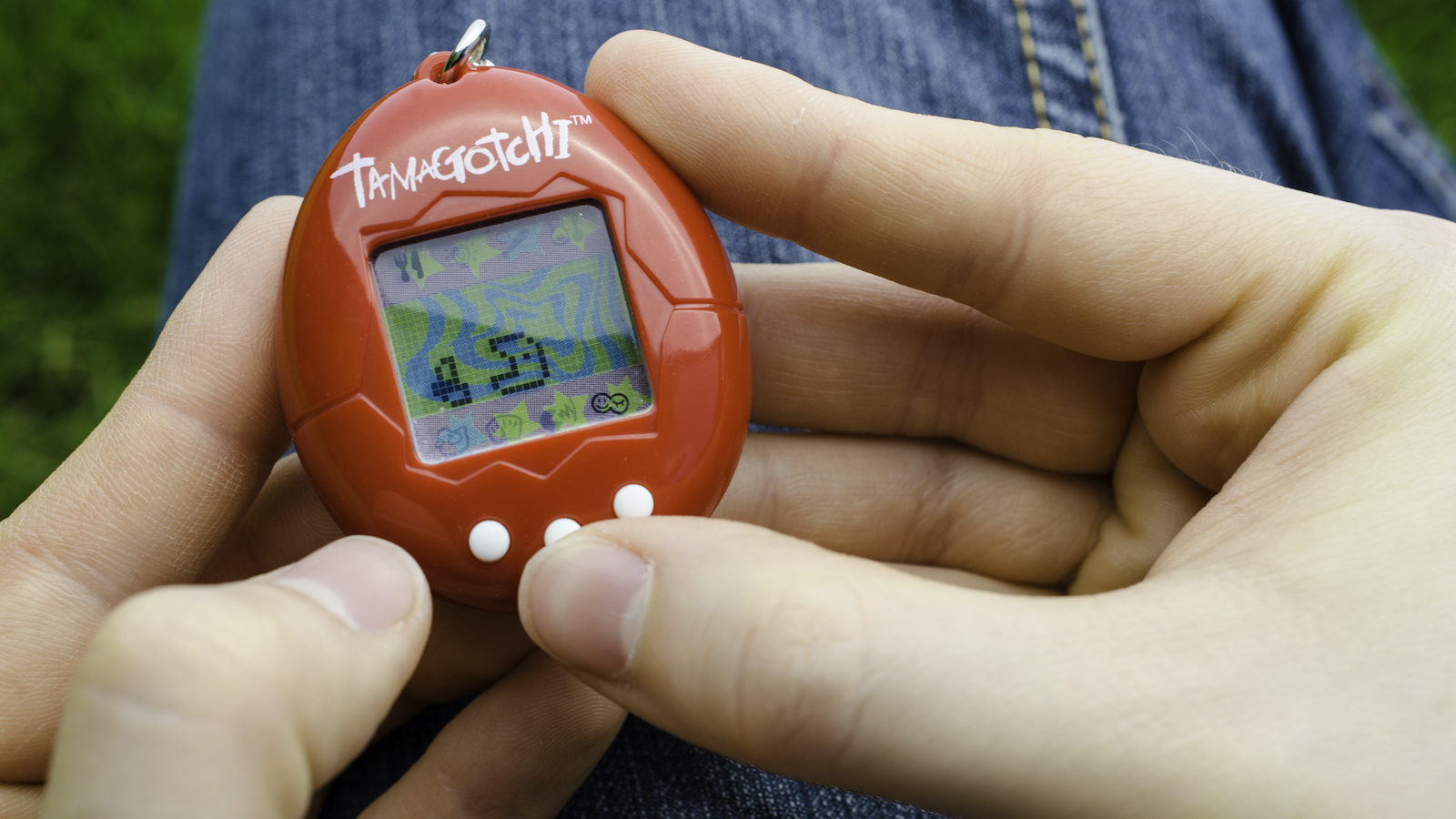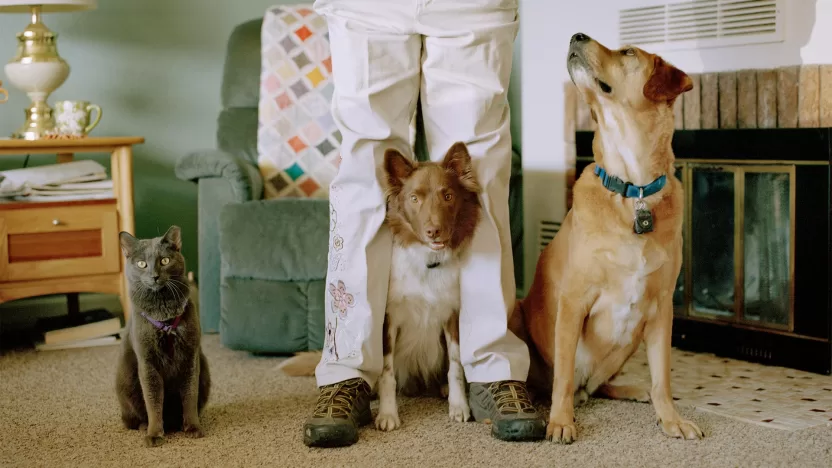Not your usual toy story
Only a handful of product stories are as interesting as the one behind the Tamagotchi.
by MAIZE

<span style="font-weight: 400;">The first seed came from a Japanese TV commercial. In the ad, a boy wants to bring his pet turtle along on a family trip, so he hides it in a suitcase. When his mom finds out, she scolds the boy. Eventually, the turtle stays home. It was while watching this commercial that businessman Akihiro Yokoi had an idea: “wouldn’t it be nice if children could bring their pets with them, wherever they went?”
Fast forward a few months, Yokoi is pitching his former employer, Bandai Corporation, an idea that would revolutionize the toy industry: A portable, digital pet that people could nurture, play with, and dote over. Anywhere, anytime. A short time later, with crucial help from Bandai’s developer, Aki Maita, Tamagotchi was born.
Only a handful of product stories are as interesting and peculiar as this keychain-sized toy’s, which launched officially on November 23, 1996. Made of an LCD screen embedded in a brightly-colored, egg-shaped plastic case, the hand-held toy first became a sensation with Japanese children, before becoming popular in the US in 1997, and then spreading worldwide. In Yokoi’s first sketch, the toy was wrapped around a user’s wrist, like a watch. This is why it was named “Tamagotchi,” a wordplay between the Japanese word たまご (tamago), which means egg, and ウォッチ (uotchi), the equivalent of the English word, watch.
Despite being an irregular set of dots placed on a small, low-resolution screen, the digital pet embodied a microcosm, pulsating and breathing, forming an immediate bond with its owner. Depending on the player’s attention, Tamagotchi would go through several different stages of growth. The game would start with it hatching from an egg and entering into its ‘baby stage.’ Born with its ‘hunger’ and ‘happiness’ meters depleted, the pet would frequently beep to reclaim the owner’s attention, needy for food and games.
Like an infant, Tamagotchi napped a lot, pooped a lot, and relied on the care of its owner to survive. When the Tamagotchi went to sleep, its owner had to turn the light off, or the pet would get restless. When the Tamagotchi was sick, it needed pills and injections. Sometimes, it beeped, even when it was full and happy, for no apparent reason—when this happened, the pet had to be disciplined, just like a child, or the boy in the TV commercial.
“Pets are only cute 20 to 30 percent of the time, and the rest is a lot of trouble, a lot of work,” Yokoi told the New York Times in a 1997 interview. “I wanted to incorporate this kind of idea into a toy, for pets these days are only considered cute. But I think that you also start to love them when you take care of them.”
With Tamagotchi, evolution played a key role. After birth, the baby stage lasted a maximum of 24 hours, which is roughly the equivalent of one year in Tama years. The pet then progresses into the “child stage,” then enters its “teenager stage,” and finally reaches the ‘adult stage’—the point when the owner finally discovers the personality traits of the character they raised, based on the quality of their parenting skills.
For example, if a Marutchi child is well taken care of, it will evolve into a well-behaved teen, Tamatchi. If it is not, it will evolve into the trouble-making adolescent, Kuchitamatchi. Once in their adult stage, Tamagotchis may also marry and produce babies. Eventually, these digital pets will become seniors, retire, and die.
The oldest Tamagotchi is said to have lived for 145 Tama years. But most players would see their digital pets die within a week or two. Death is a powerful driver in the user’s interaction with the toy—a dreadful one.
Death can happen in just a few hours at any stage in the game, which puts a lot of pressure on the player. In the original Japanese version of Tamagotchi, the dead pet would vanish into a ghost, and a grave would appear on the screen. In a more recent American version, the deceased leaves to return to its home planet.
In both cases, death is not the end of the game. Users can press the A and C buttons, and a new egg will be laid on the screen. “Of course, it’s a game,” you might argue. But according to some, Tamagotchi created a weird perception of how death works. “Children can become confused about the reality of the relationship,” analyst David Behrens wrote in Newsday in 1997. “Children will no longer treasure companionship with their pets because even if the pet ‘dies,’ it can be brought back to life by changing the battery. The lack of such moral responsibility will cultivate a negative psychology which eventually will do harm to society.”
Tamagotchi was a huge commercial success. At its peak, 15 Tamagotchi units would sell every minute in the United States and Canada alone. As of 2017, over 82 million Tamagotchis have been sold worldwide, and more than 50 different versions of the game have reached the market. Today the golden days are long gone — Tamagotchi was, most of all, a one-hit wonder—but you can still buy some gadgets online and play the game as a free app called My Tamagotchi Forever, available for iOS and Android.
Playing Tamagotchi carried a theoretical positive value, at least as compared to most video games: It rewarded the most caring players, not the most violent ones; the ordinary ones, not the eccentrics. Yet, it managed to attract a lot of stigma. Children were bringing the egg-shaped toys to school, feeding their relationship with their pets by the hour.
They were so intensely attached to their digital animals that some users started neglecting their non-digital lives. The needy, pixelated creatures always had to come first: before sports, friends, homework, and classes. Distraction turned into addiction. In the second release of the Tamagotchi—due to widespread complaints—Bandai decided to introduce a pause button.
According to Anne Allison, a professor of cultural anthropology at Duke University who is a deep connoisseur of Japanese society, Tamagotchi “evokes the sensation of an interpersonal relationship, something children told me keeps them company in what is an age rife with dislocatedness, flux, and alienation. […] If not the first virtual pet of all time, the form in which this cyborgian fantasy was popularized and (re)produced as mass culture.”
Tamagotchi was “a metaphor of our times, representing the blurring of boundaries between real reciprocal relationships and surrogate one-way imaginary ones” as Linda-Renée Bloch and Dafna Lemish, researchers from Tel Aviv University, said. “It highlights the dominant role of technology in our lives; no longer simply a tool for use in science and industry, but now a substitute for human relationships.”
In terms of the amount of attention they requested through regular beeps, Tamagotchis could be regarded as anticipators of our own relationship with smartphones, always interrupting our daily flow with notifications. Smartphones are addictive, energy-demanding, and they hook us into complex guilt and FOMO trips.
Phones, like Tamagotchis, “don’t look after us—we look after them,” Tom Goodwin, EVP of Innovation at Zenith Media, wrote in an op-ed published by Quartz in 2017. “We treat them as a living entity that we need to keep alive and grow. We nurture them and feed them with our data and power. We train them over time, their characters growing and evolving as we play games and donate our attention and love.”
In this twisted human-technology interrelation, Tamagotchis taught us to gamify life in a way we usually only see in video games or movies, bringing it to a deeper dimension. The fact that every Tamagotchi was different, with its own name and unique features, and the fact that its evolution was the result of our intervention in its growth process as digital beings, turned us into God-like creatures, giving us the final call in its ‘life or death.’
If fossils can teach us a lot about the past, Tamagotchis can teach us something about our present—about the constantly-evolving relationships among ourselves and our digital devices, and our never-changing habit of looking at signals and indicators at the wrong time. Sometimes, too late. Sometimes, too early.



 in Italy
in Italy